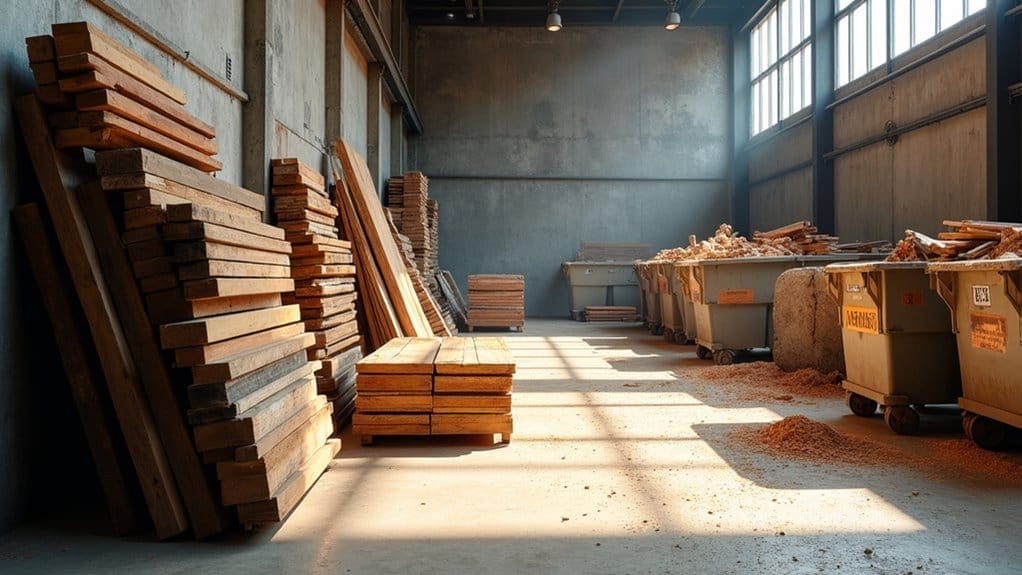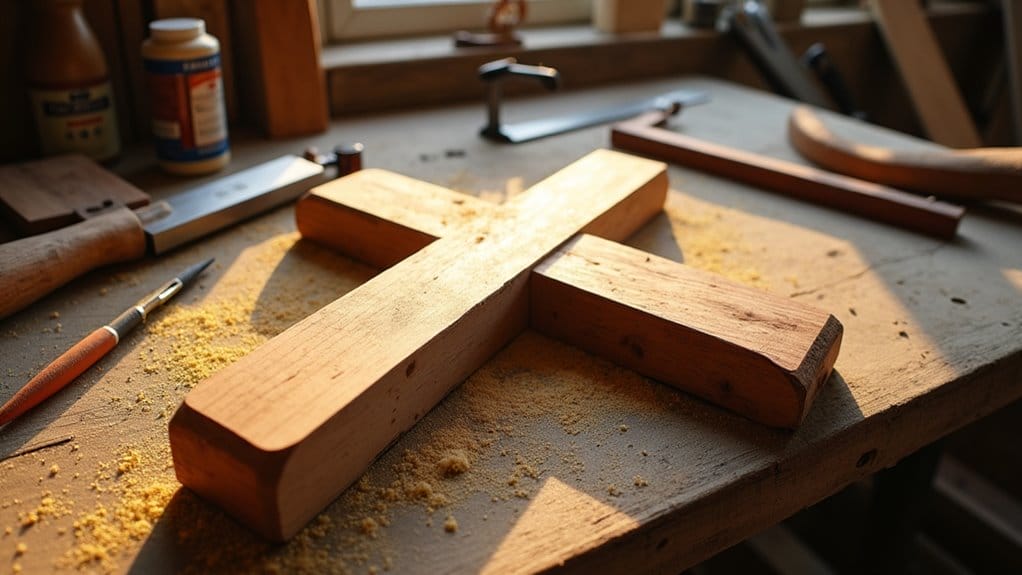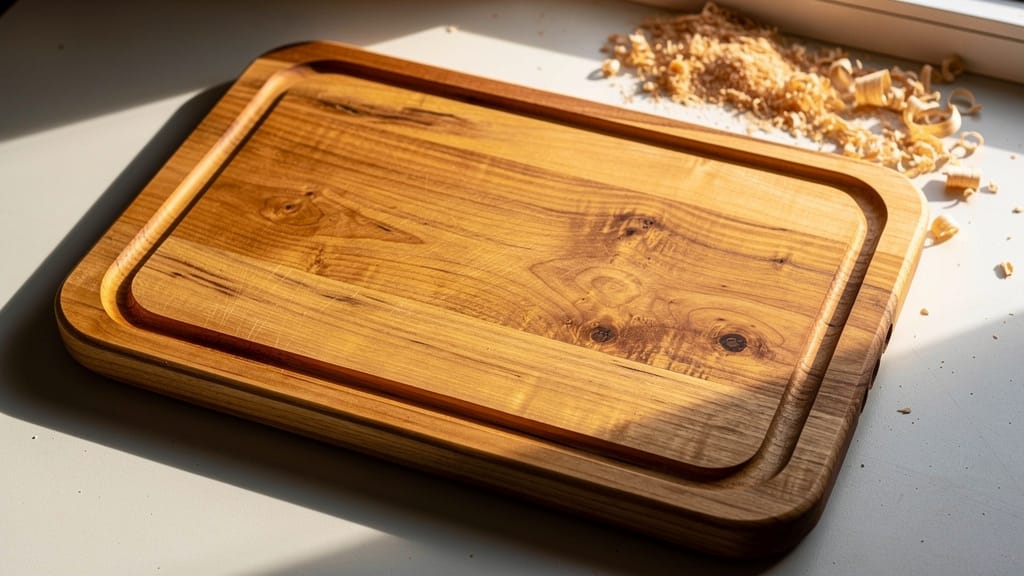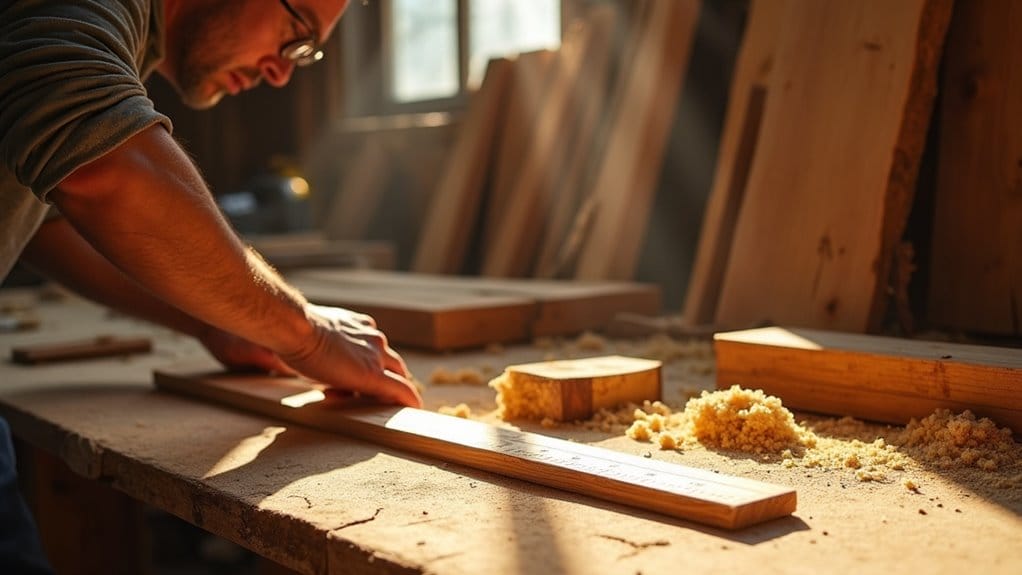Do you want to wonder about the fate of your old wooden furniture or construction scraps? While you’ll often see wood products tossed into dumpsters, this versatile material doesn’t need to end up in landfills. Is wood a recyclable material?
Wood recycling isn’t just possible—it’s becoming increasingly important for environmental sustainability. Before you dispose of your next wooden item, you’ll want to understand which types can be recycled and how to properly prepare them for their next life.
Key Takeaways
- Wood is recyclable, especially clean, untreated wood products.
- Wood recycling diverts over 22,000 tons of waste annually from landfills and reduces CO2 emissions by 1.2 tons per ton recycled.
- Different types of wood have varying recyclability. Natural wood is highly recyclable while engineered wood requires specialized processing methods.
- Contaminated wood with paints, chemicals, or composite materials may not be recyclable. It requires special disposal methods.
- Proper wood recycling involves removing contaminants such as nails and screws, and identifying the wood grade for the appropriate disposal method.
Is Wood a Recyclable Material? Types of Recyclable Wood

Clean, untreated wood products represent the most easily recyclable wood materials you’ll encounter.
You can also recycle specific engineered wood components and construction materials. But these often require careful sorting to separate contaminated pieces from clean ones.
Wooden packaging materials, including pallets and crates, offer excellent recycling potential when they’re free from chemical treatments or extensive damage.
Clean Untreated Wood Products
Natural wood in its purest form offers excellent recycling potential, particularly when it’s free from treatments and chemical additives.
Clean wood from construction scraps, unused lumber, and dismantled furniture is your best option. These wood materials can be reused or transformed into valuable materials for new products.
Wood recycling facilities often prefer Grade A wood waste, as it’s the easiest to process.
To guarantee successful wood recycling, remove any metal fasteners or contaminants from your waste wood before disposal. This preparation helps maintain the wood’s recyclability for future use.
Engineered Wood Components
Engineered wood products offer durability and versatility in construction. But their recyclability varies considerably based on composition.
- Plywood, with its layered veneers, can be recycled, depending on the type of adhesives used.
- OSB‘s recyclability depends on the capabilities of your local facilities to process these bonded wood strands.
- MDF poses the biggest recycling challenge due to its chemical content. This often makes waste-to-energy recovery the only viable disposal method.
Before attempting to recycle any engineered wood components, you’ll need to check your area’s specific recycling techniques and requirements. Because disposal methods differ by region and material type.
Construction Wood Materials
Different types of construction wood offer varying levels of recyclability. This is based on their composition and treatment.
When managing wood waste from construction sites, untreated wood is highly recyclable and can be easily processed at recycling centers.
But treated wood requires special handling due to chemical treatments. This makes it challenging to recycle.
Through wood recycling, materials like hardwood and softwood become mulch or wood pellets.
Wooden Packaging Materials
Common wooden packaging materials like pallets, crates, and boxes represent some of the most recyclable wood products. If you’re looking to recycle these items, you’ll find that untreated wood is particularly valuable.
You can take these materials to recycling centers. There, wood chips will be transformed into new packaging, mulch, or animal bedding. Consider repurposing untreated pallets for DIY projects before recycling them.
Be aware that composite wood packaging containing adhesives isn’t recyclable. When you properly recycle wooden packaging materials, you help create a circular economy and reduce landfill waste.
Many facilities specifically accept wood and these materials to promote sustainability.
The Wood Recycling Process

Transforming discarded wood into reusable materials involves several essential steps. Facilities first guarantee they’re free from contaminants like paint and plastics.
The wood recycling then involves sorting materials into cleanliness grades, from Grade A (clean) to Grade D (hazardous). Modern recycling technology removes metal components and processes contaminated wood separately.
| Process Step | Action |
|---|---|
| Collection | Gather wood from construction sites and drop-offs |
| Sorting | Classify by cleanliness grades (A-D) |
| Cleaning | Remove non-wood materials and contaminants |
| Processing | Chip, shred, and grind into smaller pieces |
| Production | Create new products like mulch or biomass fuel |
Benefits of Wood Recycling

When you recycle wood, you’re making a significant impact. You are keeping tons of waste out of landfills while protecting natural forests from excessive logging.
You’ll help create new jobs in the recycling industry. Also, you’ll help generate revenue streams through the production of mulch, furniture, and construction materials.
Your participation leads to reduced building costs. Recycled products often cost less than new materials, making sustainable construction more accessible.
Reduce Landfill Waste Impact
The environmental benefits of wood recycling are strikingly evident in landfill waste reduction. Communities divert over 22,000 tons of wood annually from already strained disposal sites.
When you participate in wood recycling, you’ll help save approximately 1,000 pounds of landfill space per cubic yard of recycled wood. The recycling process has become increasingly efficient, showing a 30% rise in the reuse of wood materials.
You’re also protecting the environment. You prevent treated wood waste from releasing harmful chemicals into landfills.
Through proper waste management practices, you’ll contribute to a more sustainable future.
Preserve Natural Forest Resources
Wood recycling also plays an essential role in protecting our forests. When you recycle wood from construction and demolition projects, you’re directly contributing to forest preservation.
Wood is recyclable. Repurposing each ton of reclaimed wood prevents 1.2 tons of carbon dioxide emissions while reducing pressure on deforestation.
Wood waste recycling technology has made it easier than ever to guarantee that wood can be recycled effectively. By embracing these practices, you’re helping conserve natural resources and protect biodiversity.
Your commitment to wood recycling supports sustainable forest management and helps maintain the delicate balance of our forest ecosystems.
Create Jobs and Revenue
Investing in wood recycling initiatives sparks significant economic growth through job creation and revenue generation.
When you support local wood recycling, you help wood recycling companies generate revenue of up to $35 billion annually in the US. Meanwhile, you help create diverse job opportunities in the collection, processing, and manufacturing sectors.
Wood recycling facilities create a sustainable loop by transforming wood waste into valuable products, strengthening local economies.
As recycling wood reduces disposal costs, businesses can redirect these savings toward expanding operations and hiring additional staff.
Communities that adopt these eco-friendly practices tend to experience higher employment rates and greater economic resilience.
Lower Construction Material Costs
Building on the economic advantages, wood recycling offers substantial savings in construction material costs.
Using recycled wood can reduce expenses by up to 75% compared to new materials. This makes reclaimed timber an attractive option for your projects.
When you incorporate sustainable building materials, you’ll save on waste disposal fees while accessing tax incentives through green building certifications.
The growing market for wood waste products means you can access quality materials at lower prices.
Common Challenges in Wood Recycling

Wood recycling offers environmental benefits. But several significant challenges can make the process complex and sometimes impractical. You’ll face obstacles with contamination from paints and chemicals in treated wood, while composite materials often can’t be recycled at all.
Limited recycling facilities and improper identification of wood grades lead to more waste in landfills, despite wood waste regulations 2023.
| Challenge | Impact |
|---|---|
| Contamination | Prevents proper processing |
| Mixed Materials | Makes recycling impossible |
| Limited Facilities | Increases landfill waste |
| Grade Identification | Compromises recycling streams |
These challenges highlight why you can’t simply toss all wood into the bin. Understanding these limitations helps you make better disposal decisions for different wood types.
Best Practices for Wood Disposal and Recovery

To effectively recycle and dispose of wood, you must follow specific guidelines based on the material’s grade and condition.
First, identify whether you’re dealing with untreated wood, which is fully recyclable, or treated wood requiring special disposal.
When recycling wood, remove all nails, screws, and contaminants during proper preparation.
Check the grades of wood to determine appropriate disposal methods.
If your local wood recycling center doesn’t accept certain materials, look for community collection days or consider DIY projects to repurpose wood waste.
This approach guarantees sustainable wood waste disposal while maximizing recovery potential.
Final Words: Is Wood Recyclable?
You can make a significant environmental impact by recycling wood materials properly. Whether you’re dealing with old furniture, construction debris, or yard waste, understanding what’s recyclable and following local guidelines is essential.
By participating in wood recycling programs, you’ll help reduce landfill waste, lower carbon emissions, and support sustainable resource management. Don’t forget to separate treated from untreated wood for maximum recycling success.
We offer a wide selection of wooden crafts, available for bulk purchase and customized orders. Contact us for more information.
FAQs
Can Wood Go Into a Recycle Bin?
You shouldn’t put wood in your curbside recycling bin. It can contaminate other recyclables, and most centers can’t process wood. Instead, take your wood to specialized drop-off stations or recovery yards.
Is Wood Completely Recyclable?
No, wood isn’t completely recyclable. You can recycle untreated wood easily into mulch or new products. But chemically treated, painted, or contaminated wood poses challenges and often can’t be recycled through conventional means.
Is Wood Classed as Recyclable?
Yes, wood is classed as recyclable when it’s untreated and clean. Pure wood can be recycled into various products. But you should check local guidelines since treated wood isn’t always recyclable.
What Types of Wood Cannot Be Recycled?
You can’t recycle chemically treated, painted, or varnished wood due to toxic substances. Composite materials, such as particleboard, laminated wood, and wood with mixed materials, are also not recyclable due to the presence of adhesives and contaminants.






































